A new material gives way to simple microrobots that take advantage of mineralization processes in the body to help in bone repair.
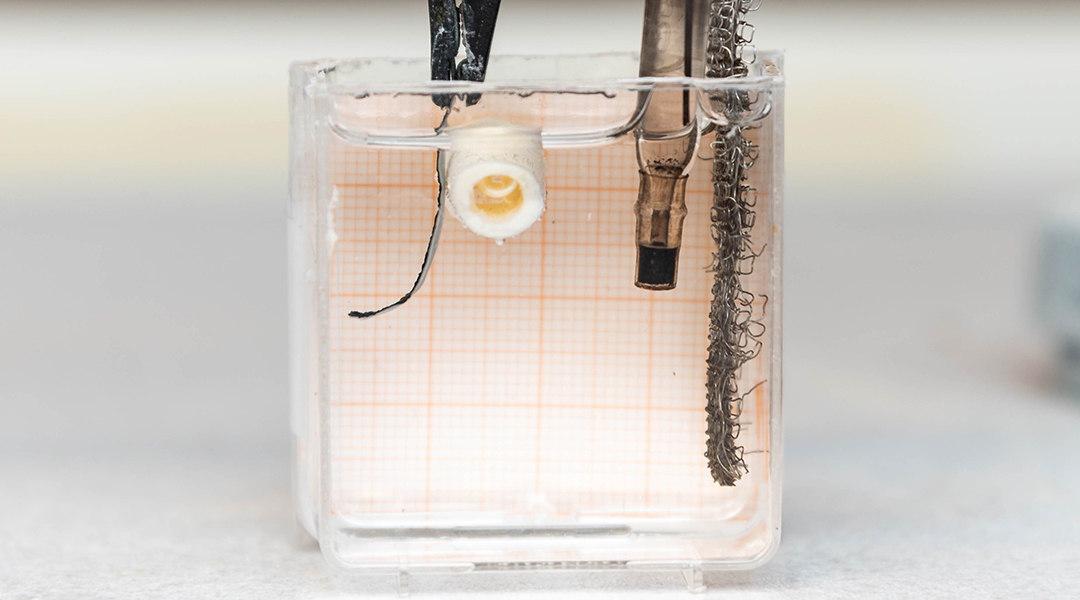

A new material gives way to simple microrobots that take advantage of mineralization processes in the body to help in bone repair.
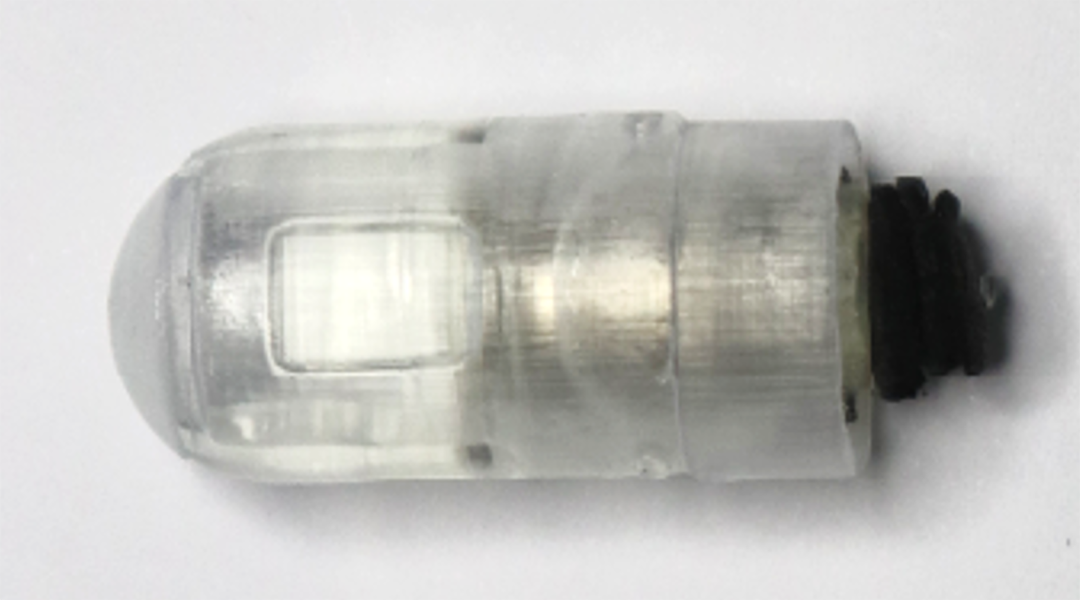
A magnetic, drug-delivering capsule precisely navigates the GI tract to heal gastrointestinal disease and injury.
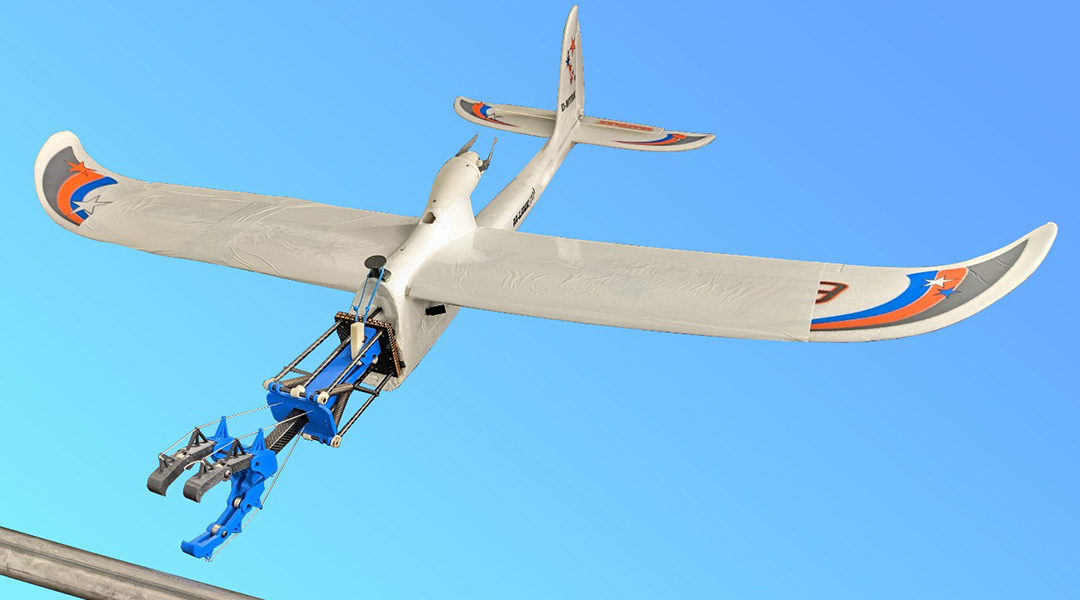
A simple crash landing allows drones to perch while minimizing the need for complicated control strategies that increase computational load.
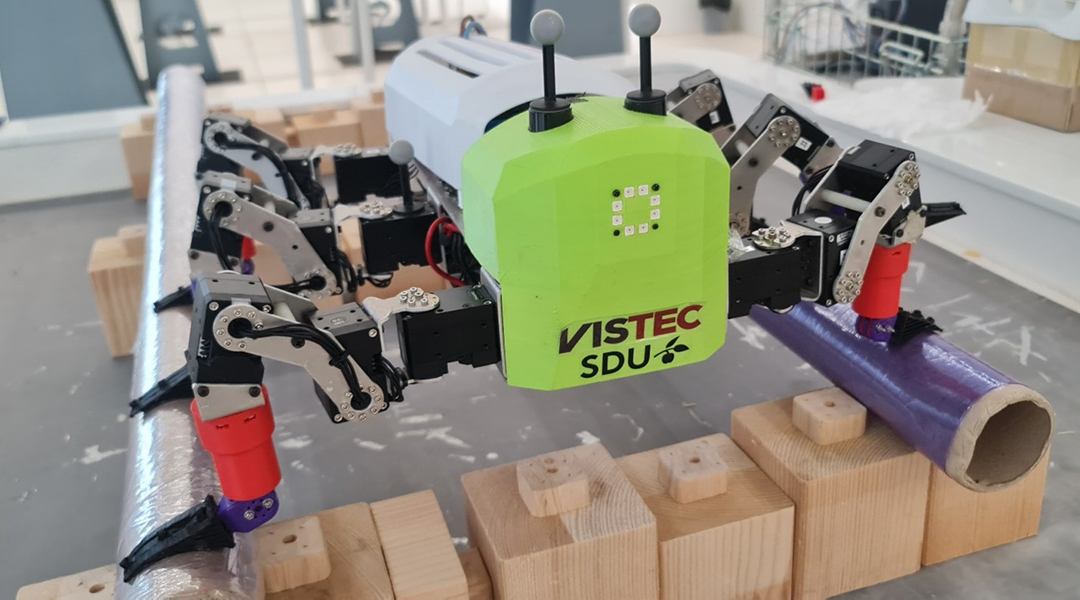
An insect-inspired technology helps break a 25-year-old paradigm in robotics.
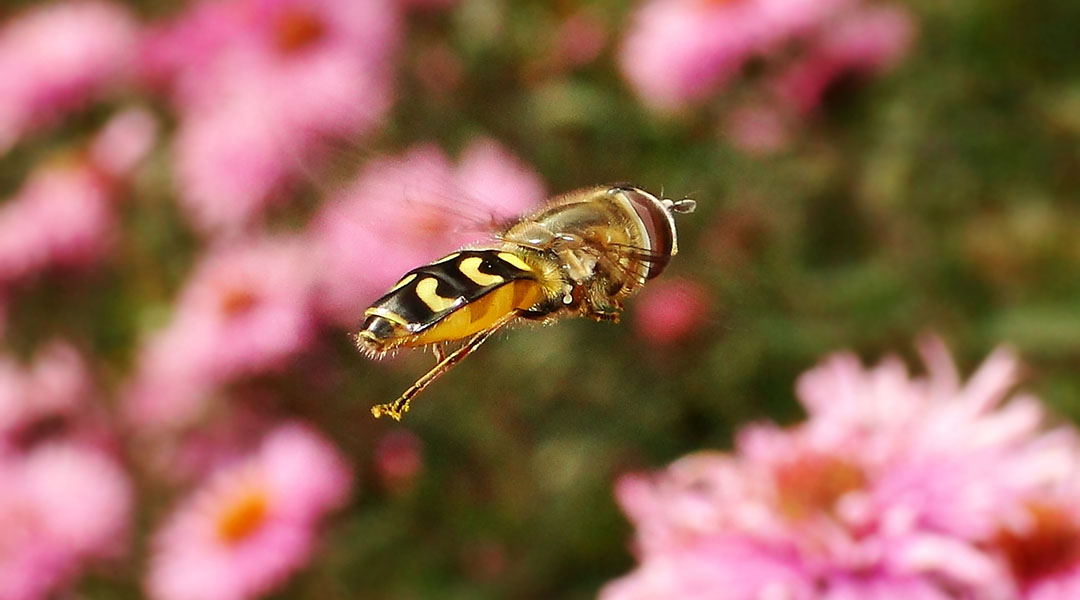
An asynchronous and self-adaptive flyer can adjust the frequency and amplitude of its wings under specific external disturbances.

Using advanced sensors and a thermally responsive skin, a new robotic chameleon demonstrates mastery over color.
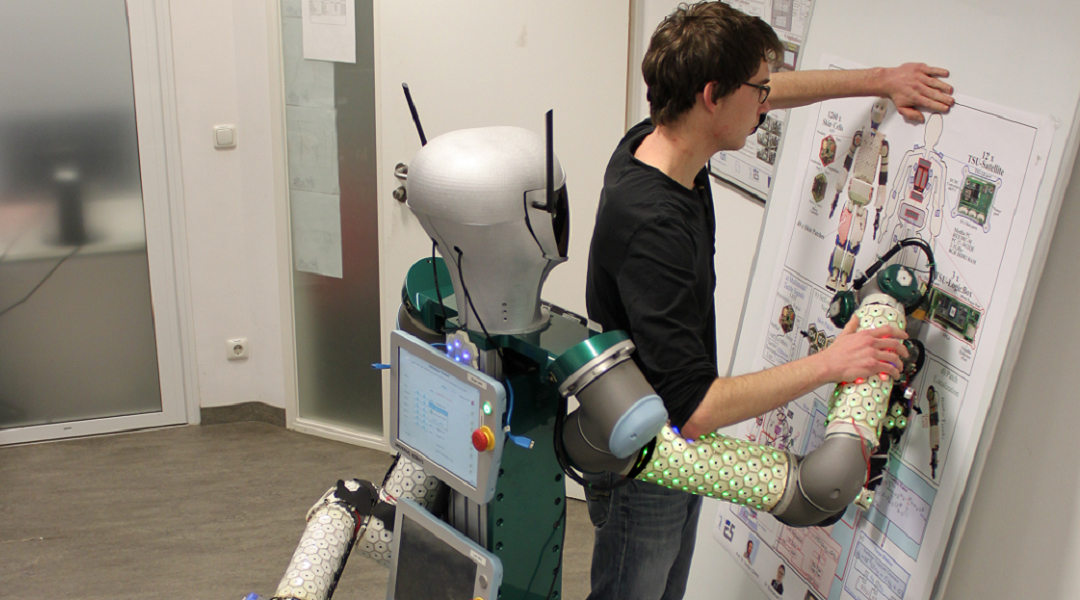
An electronic skin helps facilitate natural interactions between robots and humans.
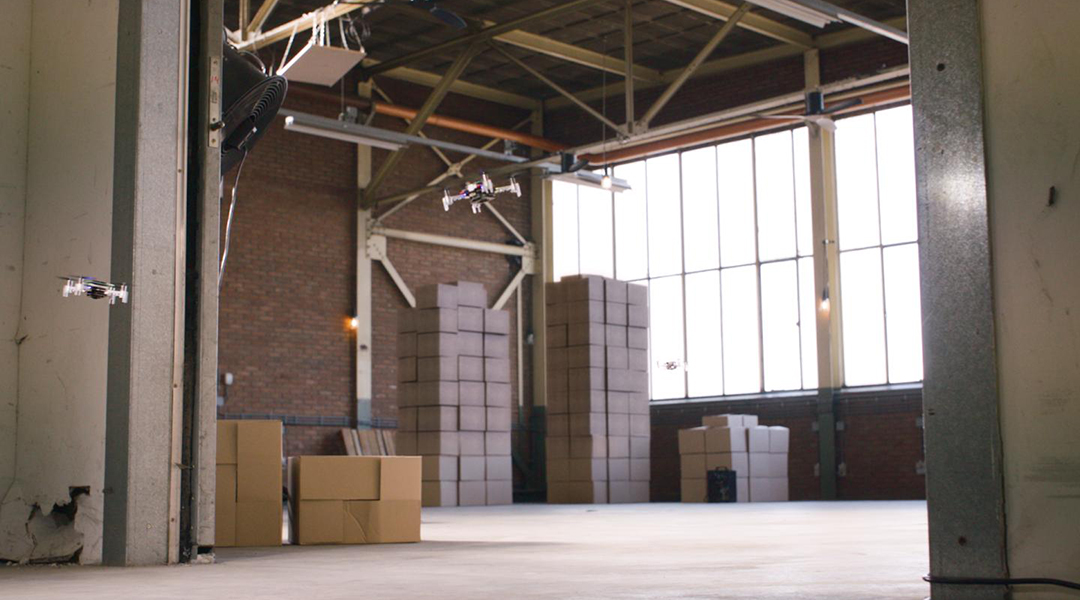
Using modified “CrazyFlie” drones, researchers develop a strategy for finding gas leaks more efficiently and without risk to human lives.

A fabric-based haptic sleeve controls drone flight through arm movement and helps train users by applying corrective forces to body joints.
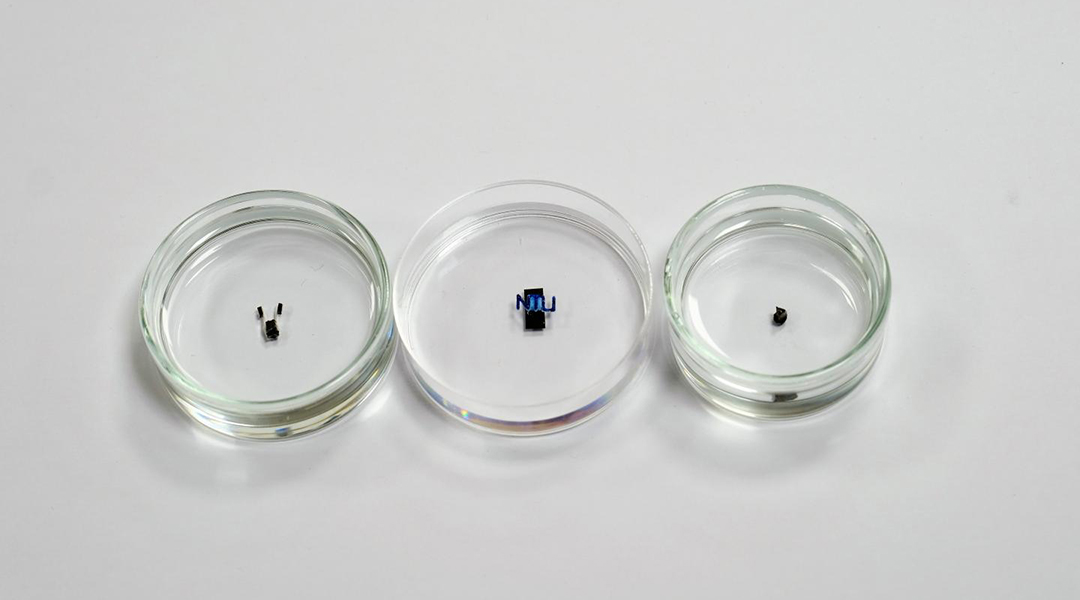
Researchers create swimming, moving, gripping miniature robots.